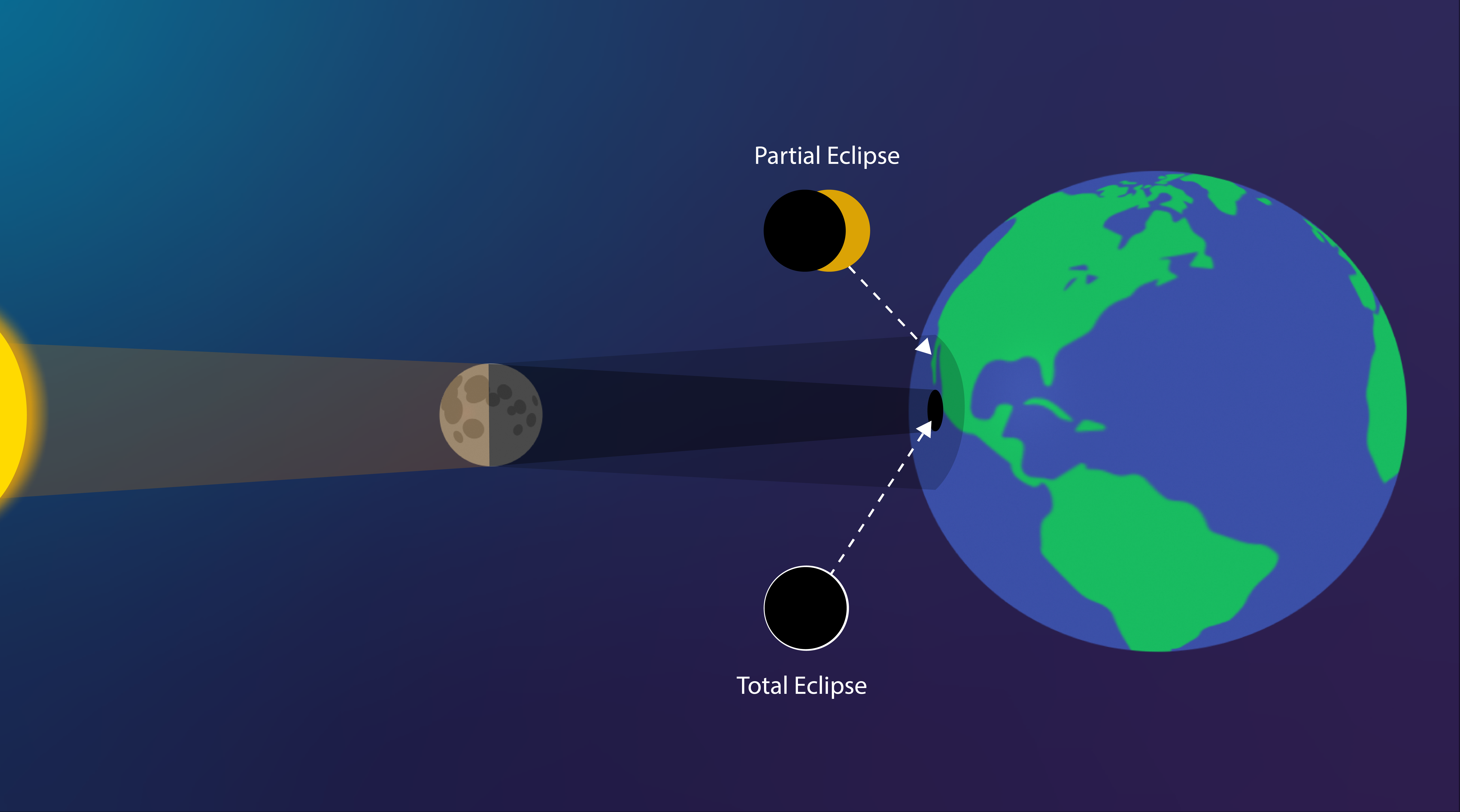Do Planets Rise at the Same Terrestrial Azimuth as the Sun?

Question:
Do planets all rise and set at the same place on the horizon as the sun? For instance, in Homer, Alaska, the sun rose at 132 degrees Southeast on Jan 18. Did Mercury, Venus, Mars, Jupiter, and Saturn all rise at 132° Southeast, too? Is that what it means to say ” all the planets are on the ecliptic”? The moon is also on the ecliptic and it doesn’t follow the sun’s path at all! On Jan 18 it rose at 81° East.
Thank you!
Answer:
Planets that are in orbits that are closer to the Sun than Earth (Venus and Mercury) generally follow the Sun in the sky, so in general will rise (and set) at about the same azimuth as the Sun. All other planets, except when they are in conjunction with the Sun, will rise (and set) at a different azimuth than the Sun. Using your example, on January 18 2025 from Homer Alaska, Mars rose at an azimuth of about 38 degrees at about 01 UT (which would have been 16::00 on January 17 local Homer Alaska time). The differences in azimuth positions for rise/set times is due to the relative angle between the ecliptic and the Earth’s local horizon.





